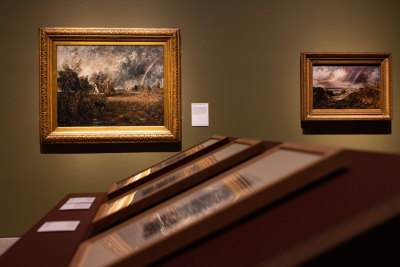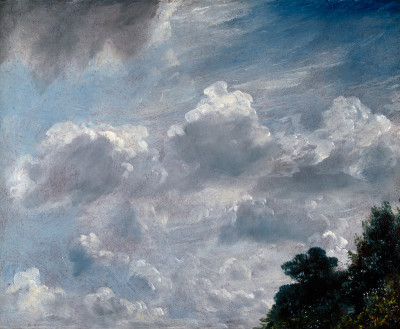Artist of the month: September 2014
Artist of the month: September 2014
John Phillip RA
By the RA Collections team
Published 5 September 2014
A student at the RA schools, John Phillip RA’s association with the Royal Academy began at a young age, stowing away on a ship from Aberdeen to London to visit the Royal Academy Exhibition.
-
Born in Aberdeen, John Phillip (1817-1867) spent his youth variously apprenticed to a tinsmith, a glazier and a house painter. He became interested in art at a young age and in 1834 stowed away on the brig Manly to London in order to visit the Royal Academy Exhibition.
Phillip’s artistic potential came to the attention of Lord Panmure, who in 1836 sponsored him to study in London. He initially trained under Thomas Musgrave Joy, before entering the Royal Academy Schools in 1837. In 1839 he returned to Aberdeen where he remained for seven years, painting portraits, historical and genre scenes in the manner of Sir David Wilkie RA.
-

David Wilkie Wynfield, John Phillip RA, early 1860s.
albumen print. © Royal Academy of Arts, London.
-
In 1846 Phillip married Maria Dadd, sister of the painter Richard. Unfortunately, like her brother Maria suffered from mental illness and was committed to an asylum in 1863. The strain of his home-life may have contributed to Phillip’s own ill health and in 1851 he was advised to spend the winter in Spain. This trip greatly altered the course of Phillip’s career.
He returned to Spain in 1856 with Richard Ansdell RA. On his final trip in 1860 he made many oil paintings, hundreds of watercolour studies and numerous copies after Velázquez. Phillip developed such a passion for Spanish Old Masters that he became known as ‘Spanish Phillip’. The final years of Phillip’s career were his most successful. As well as genre scenes, he painted many portraits, including one of Prince Albert in Highland costume (1858: Town House, Aberdeen). Phillip was elected an ARA in 1857 and a Royal Academician in 1860.
-

John Phillip RA, Prayer, 1859.
oil on canvas. © Royal Academy of Arts, London.
-
Phillip’s Diploma work depicts a young Spanish woman praying with rosary beads sitting on what is probably a church step. Her torn dress, roughly woven shawl and earnest expression are thrown into contrast by the coquettish woman in the background, with embroidered shawl and decorative fan. This painting merges Phillip’s interest in Wilkiesque genre scenes and his love of Spanish subjects. In the 1850s and 1860s he frequently painted works portraying rites and rituals associated with Spanish Roman Catholicism. These included La Gloria: A Spanish Wake (1864; Edinburgh, National Gallery) which he considered his finest work.
-

John Phillip RA, Partial copy of 'Las Meninas", 1862.
Oil on canvas. © Royal Academy of Arts, London.
-
The painting above is a copy of the left section of Las Meniñas (1656, Prado, Madrid) by Diego Velázquez (1599-1660). The Infanta Margarita, daughter of Philip IV, is shown visiting the studio of Velazquez as he paints a portrait of her parents, seen reflected in the background mirror.
-

John Phillip RA, Portrait of Augustus Leopold Egg RA, 1859.
Oil on canvas. © Royal Academy of Arts, London.
-
Philip and August Egg RA (1816-1863) had been friends for over twenty years when he painted the above portrait of his fellow Academician. As students at the Royal Academy in the 1830s they formed ‘The Clique’ with Richard Dadd, William Powell Frith and Henry Nelson O‘Neil. The group met weekly in Dadd’s lodgings to sketch a set subject (usually from Byron or Shakespeare) and discuss their work. Here the influence of Spanish Old Masters is apparent through Phillip’s use of dark tones broken by the bright white strip of Egg’s collar. When the portrait was exhibited at the Royal Academy a reviewer for The Art-Journal noted:
“When painters paint for themselves and each other, they declare their tastes and feeling less equivocally than when painting for patrons.”
See more by John Phillip RA in our Collection.







